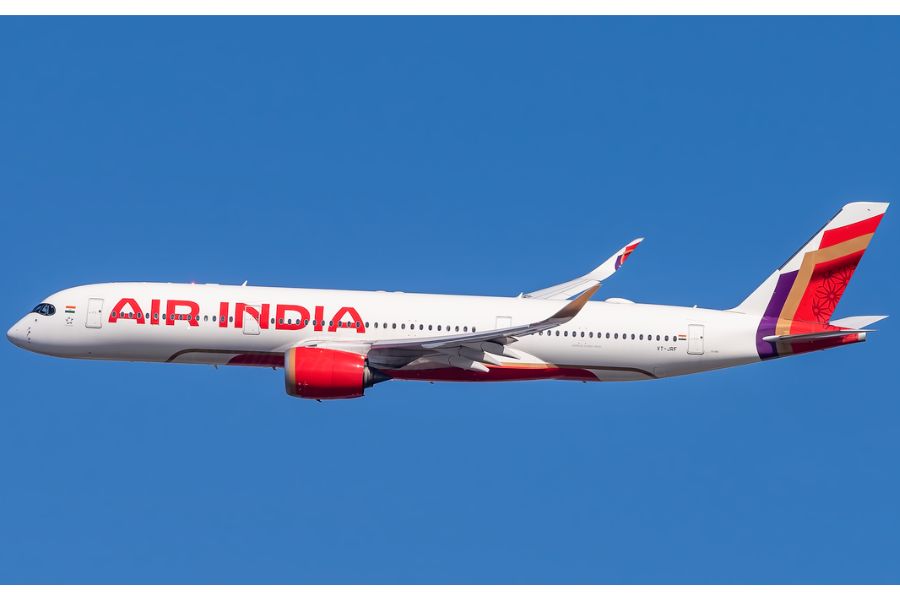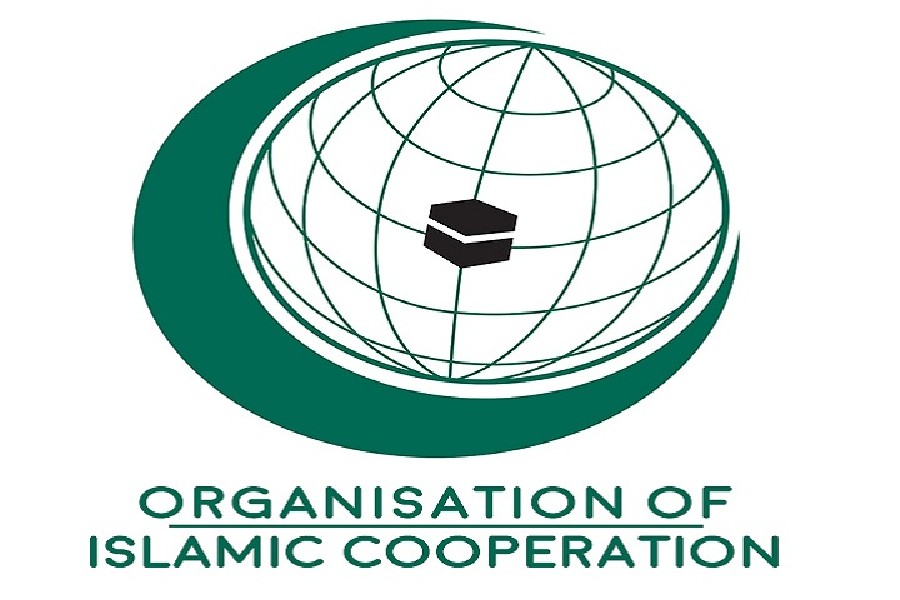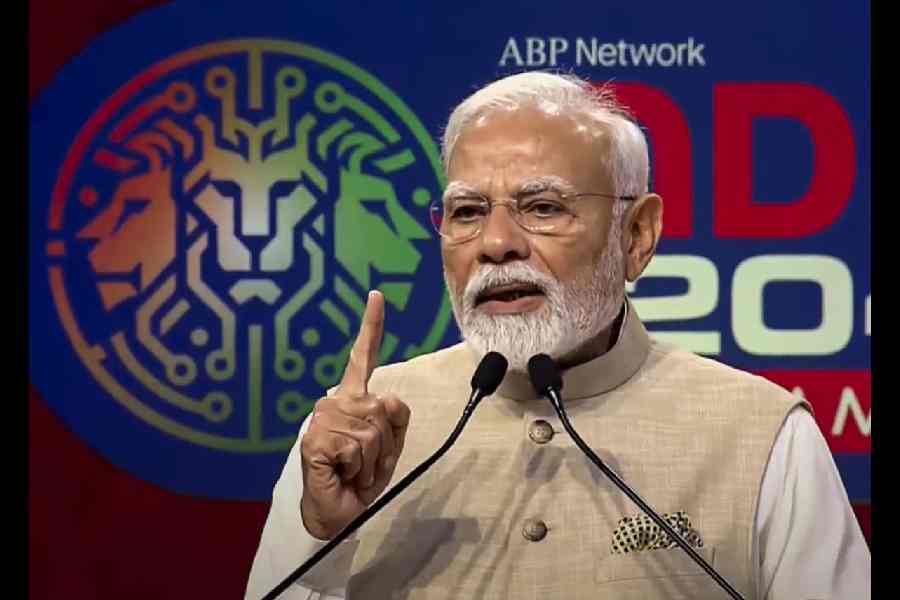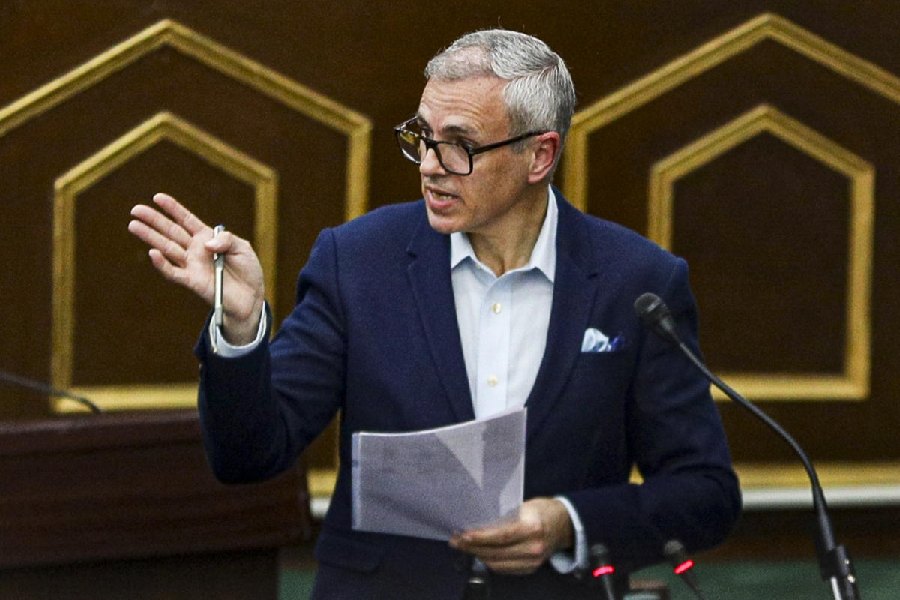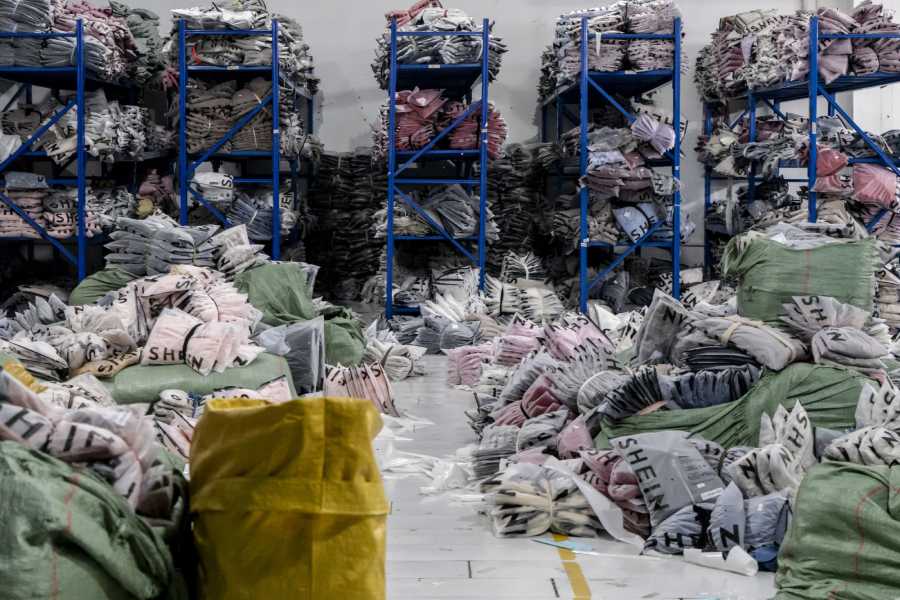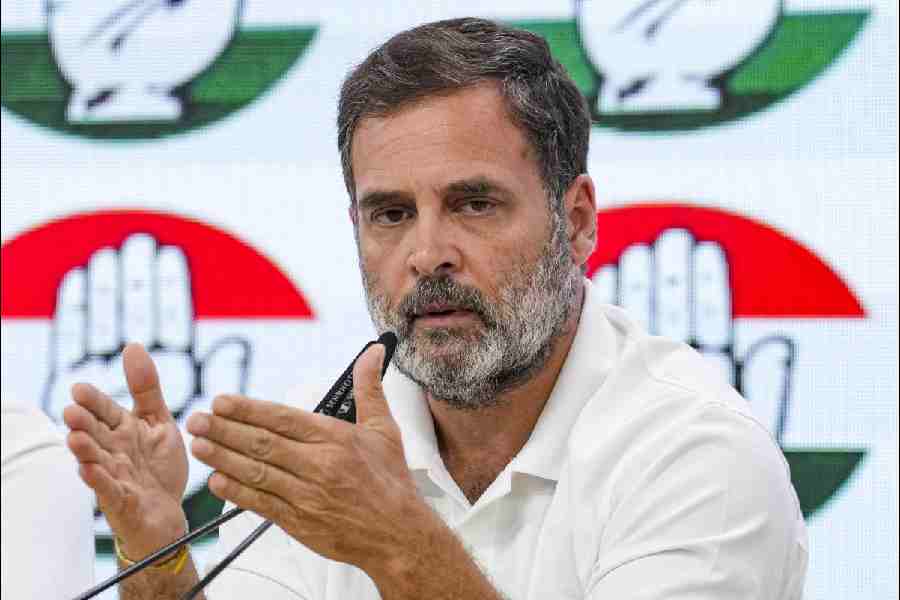 |
| Different journey |
The panic that grips Northeastern Indians in Pune, Mumbai, Chennai, Bangalore and Hyderabad recalls the ‘colour bar’ that was an entrenched feature of British life even 40 years ago. I asked when the second Race Relations Act was being legislated in 1968 whether it would result in an avalanche of prosecutions. The answer was an emphatic “No”. I was told that, irrespective of personal inclination, the British, being a law-abiding people, would shy away from something that had been explicitly declared illegal.
The change since then has been nothing short of miraculous. But the transformation didn’t just happen. It was made to happen. Nor was the reason philanthropy. Britain realized, especially after the 1958 Notting Hill race riots, that the only alternative to cohesion was chaos. Not a drop has been spilt of the blood Enoch Powell warned would foam like the river Tiber if the 1968 Act with its punitive clauses ever became law. If it hasn’t been necessary to invoke it too often, the spectre of punishment was always there, even for the elderly Scotsman who innocently advertised for a Scottish housekeeper to cook his porridge. Education in schools, through local government institutions and by civil rights groups, played a major role in erasing fears and stereotypes that feed prejudice. Apart from Powell, not a single politician of any standing or a political party of any respectability dared play the race card once there was a national consensus against a whites-only policy. The Press Council came down heavily on a London weekly that published an anti-Semitic letter over the cruelly telltale signature, “G.A.S. Chambers”. In embarking on one of history’s most stupendous social revolutions, the British looked across the Atlantic for inspiration, and found Gunnar Myrdal’s great book, An American Dilemma, which the Carnegie Corporation had commissioned when it realized that race would be of growing importance in the United States of America.
While other nations with which we claim a shared democratic heritage are moving towards an inclusive future, many in India are narrowing their conception of what constitutes an Indian, despite the boast of a Sikh, a naturalized Italian Catholic and a Muslim balancing the Brahmin at the top. Exclusivity can take many forms and is sometimes unconsciously funny, as when a prominent Sikh Congressman announced at his party’s 1976 Komagata Maru session that “Indian food” would be served in one tent and “South Indian food” in another. I could almost understand the alienation of the legendary Chennai journalist whose life’s ambition was to be his paper’s “first foreign correspondent in New Delhi”.
South Indians — ‘Madrasis’ to many, inhabitants of the region below a line drawn across the Deccan from the Vindhya mountains to the Godavari river — are no longer beyond the pale. They can’t be, constituting as they do the most influential bloc in New Delhi’s power structure. But a country of India’s diversity doesn’t lack other candidates to be singled out for discriminatory treatment, those outside the cultural mainstream — like Muslims and tribal people — being especially vulnerable. Most Muslims may have got over the dilemma that prompted the Muslim League politician, Mian Mumtaz Daultana, to write of “an ambiguous situation because for seven hundred years the Muslims ruled, and so a Muslim in India did not really quite know whether he was basically a Muslim or an Indian”. But many Hindus have not. Illegal migration from Bangladesh is abhorrent not because migrants are outlaws but because they are Muslim. Jawaharlal Nehru was not far out when, echoing the logic of Sartre for whom France’s Jewish question was a gentile one, he saw India’s Muslim question as a Hindu one. Judging by the grievances that flood email boxes, some members of the majority community suffer from a minority complex.
It might have been understandable — though never pardonable — if this had been a genuine gut reaction. Often it’s not. It’s motivated, mischievous and cunningly designed to promote a particular political party and political leader. An internet headline like “Are Hyderabadi Muslims threatening Assamese causing panic?” is dishonest and provocative because the story below makes no mention of Muslims having anything to do with the panic among Hyderabad’s 5,000 Assamese workers. Similarly, there is no basis for social media messages imploring Pune’s “dear Muslim brothers” not to attack people from the Northeast. Everything became clear in a recent litany of alleged grievances whose laboured language did not conceal the writer’s gnawing sense of resentment and determination to promote his hero with an eye to the 2014 election. “We're becoming 2nd class citizens in our own country,” he wailed. “The likes of Digvijay Singh having the gumption of saying that the riots in Assam were because of ‘Hindu infiltrators’. Not one word of protest on the racial riots there. WHY — because it’s a Congress-ruled state and NOT a BJP-Modi ruled state. TIME TO WAKE UP MY FRIENDS.” If Narendra Modi is unaware of the poison being spread in his name, he should wake up too. The economic wonders he may have wrought in Gujarat can never justify such dangerously divisive propaganda. Nor can the Bharatiya Janata Party regain its rightful place as the alternative party of governance if it allows zealots to divide the nation in its name.
Disinformation is integral to all campaigns. Jampa Phuntsok, the Tibetans’ leader in Karnataka where two motorcyclists recently stabbed a Tibetan youth (and a Manipuri boy died under controversial circumstances on April 18), fears that Muslims are being indoctrinated that Buddhist monks are responsible for the Myanmar junta’s crimes against Rohingya Muslims. “Some websites are spreading rumours about attacks on Muslims in Myanmar by posting pictures related to 2010 earthquake in Tibet where Buddhist monks are readying themselves for performing last rites of earthquake victims,” he complains. This appears to support the Vishwa Hindu Parishad’s accusation that Muslims are in the forefront of assaults on people from Assam, Meghalaya, Manipur and other North eastern states as revenge for what happened in Bodoland. They may be, but given the complexities of community relations and reports of doctored videos, SMS warnings, Facebook and twitter charges and intimations of attacks after the Id-ul-Fitr holiday on August 20, it should surprise no one if a vicious exercise has been mounted to kill two birds with one stone. The kind of Hindu who sends messages like the one quoted above regards Muslims as the historic enemy who becomes fair game when he can also be dubbed an illegal alien. The Mongoloid people of the Northeast, who have never been regarded as full citizens of Aryavarta, are casually dismissed with derogatory epithets and frequently ordered to prove their nationality. Belatedly awakening to their plight, the Uttar Pradesh police registered 6,272 cases under the Scheduled Castes and Scheduled Tribes (Prevention of Atrocities) Act in 2010.
Suppose both rights — to vilify Muslims and reject ethnic Mongolians — were conceded. What then? How would the champions of Hindutva or Aryavarta, call it what you will, adjust physical reality to their dreams? By pushing 177 million Muslims into the surrounding oceans and 45 million Northeasterners across the mountains into Myanmar and Tibet? Such exclusivist policies cannot be effected except through ethnic cleansing on a scale that has not hitherto been attempted anywhere in the world. Since that is just not feasible in India, we have no alternative but to fall back on W.H. Auden’s exhortation on the eve of the Second World War, “There is no such thing as the State/ And no one exists alone;/ Hunger allows no choice/ To the citizen or the police;/ We must love one another or die.” It was only that fear of death that forced the British to push through a memorable revolution in ethnic reconciliation. They understood that those who plough a lonely furrow in an increasingly borderless world are doomed to death.





